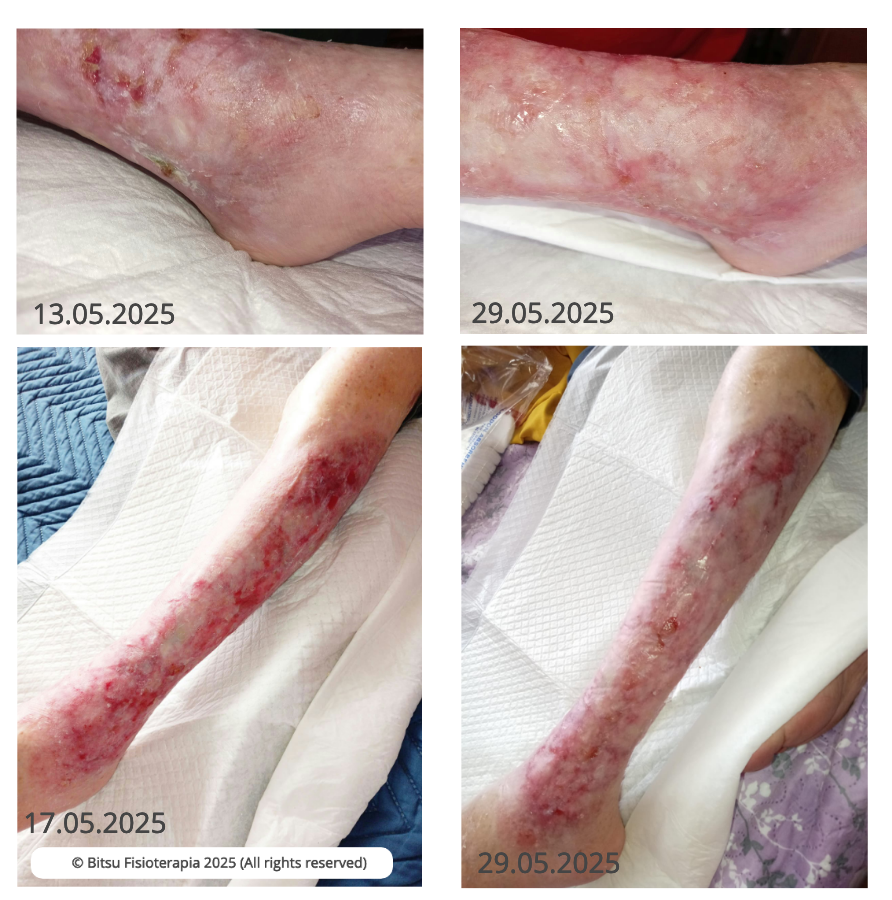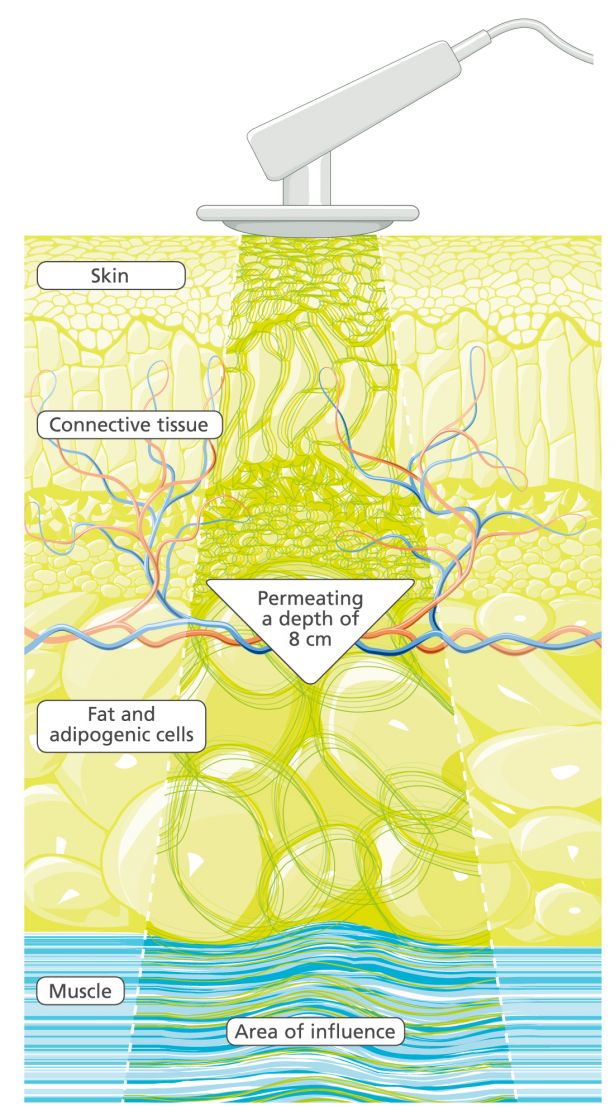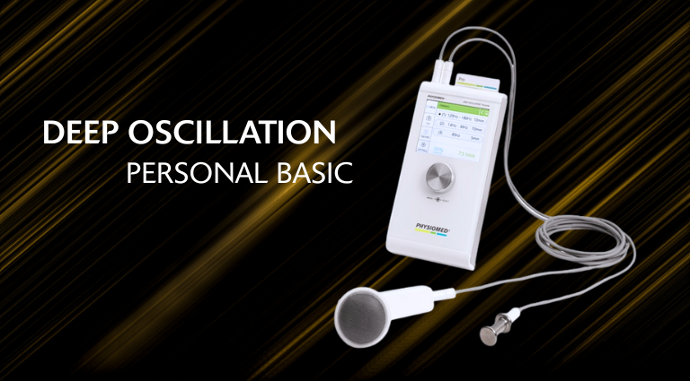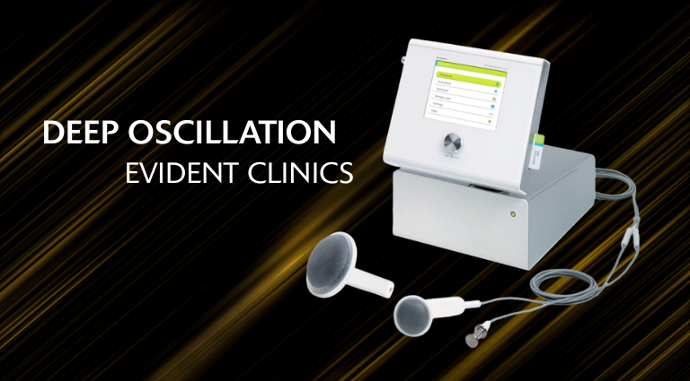Chronic venous ulcers represent one of the most frequent challenges in clinical practice, affecting the quality of life of patients and requiring a comprehensive and personalized therapeutic approach. In the search for complementary treatments that enhance recovery, Deep Oscillation® (DO) technology has emerged as a promising option. This method, which combines principles of deep oscillation and electrostatic therapy, offers beneficial effects on reducing edema, inflammation and pain, accelerating chronic wounds.
What is deep oscillation?
The deep oscillation, also known as Deep Oscillation® is a therapeutic technique that uses a device that generates mechanical waves using electrical pulses, producing movements in deep and superficial tissues. These pulses produce vibrations that improve blood and lymphatic circulation, reduce inflammation and favor cell regeneration. Unlike other techniques such as ultrasound or shock waves, it does not use external mechanical forces, but generates soft vibrations through electrostatic impulses.
Main Action Mechanisms Oscillation®
Various physiological effects have been clinically validated:
Increase blood and lymphatic flow in the treated area.
Reduces edema and tissue congestion.
Modulate the local inflammatory response.
Reduce pain
Increase tissue oxygenation.
Promotes collagen synthesis and skin repair.
Current Scientific Evidence
Although specific research on Deep Oscillation® in venous ulcers is still in development, various clinical studies and reports suggest that it can be an effective complementary therapy in its management. For example, a study published in Journal of Wound Care reported that complementary physical therapy, including techniques such as DO, can be useful in venous wounds that do not respond to traditional treatments. The authors emphasize that the reduction of edema and inflammation, together with the improvement in circulation, contribute to accelerate healing.
Clinical case: Use of Deep Oscillation in chronic venous ulcers
The following information has been adapted and summarized from a clinical case published in the Physiopod blog, prepared by the guest physiotherapist Evelyn Loaiza Solano, of Bitsu Physiotherapy, who shares his experience in the use of Deep Oscillation® in the treatment of chronic venous ulcers.
This case presents a 76 -year -old male patient with a history of chronic venous insufficiency, complications of osteomyelitis and conditions such as diabetes and controlled hypertension. Since 2019, it developed ulcers in the lower extremities, which were treated with sterile dressings and OS OSCILLTION® therapy applied by gloves in surrounding healthy areas, including the posterior and popliteal region. Unlike external mechanical therapies, Deep Oscillation® acts in depth, promoting edema reduction, decreased inflammation and improving circulation at all levels of tissues, which favors the regeneration and healing of wounds.

The treatment protocol included specific 15 -minute sessions focused on venous circulation and tissue regeneration, complemented with previous topical therapies. The results were notable, evidencing a significant acceleration in the healing of ulcers, improvement in circulation and a considerable reduction in pain, which allowed to reduce the use of opioid analgesics. This case highlights the efficacy of Deep Oscillation® as a complementary modality that favors recovery in chronic venous wounds.
Recommendations for Clinical Practice
To integrate Deep Oscillation® in a safe and effective way in the management of venous ulcers, the following considerations are suggested:
Professional training: The application must be made by physiotherapists or professionals trained in the use of this technology.
Individualized evaluation: before starting, performing a complete assessment of the patient, considering the stadium of the ulcer, the presence of infections, comorbidities and response prior to other treatments.
Treatment protocols: Start with short sessions, 10 to 15 minutes, adjusting the frequency (for example, 2-3 times per week) according to evolution.
Complementarity: use in conjunction with other standard treatments, such as adequate dressings, control of risk factors and pharmacological therapy if necessary.
Monitoring and documentation: Register changes in the dimension of the wound, edema, pain and qualitative aspects to evaluate effectiveness and make adjustments in the therapeutic plan
How does Deep Oscillation® work?
Through the attraction and friction generated by electrical impulses, pleasant vibrations occur in the treated tissue, which deeply affect all the components of the tissue: skin, conductive tissue, subcutaneous fat, muscles, blood vessels and lymphatics. These oscillations have an extremely delicate and deep effect, acting in tissue biology without causing discomfort or trauma.
The therapeutic effect arises in the tissue itself, acting in all its depth. This makes the technique especially suitable for recent, postoperative trauma, acute pain and open wounds. The therapy is performed by means of a manual applicator or special gloves in which the patient holds a titanium contact element without tightening between the fingers. The therapist performs soft circular movements on the tissue, creating a pleasant and effective experience.

Graph: Physiopod uk
Advantages of Deep Oscillation®
This method has multiple advantages that contribute to its growing popularity in the rehabilitation and injurious treatment:
Ambulatory treatment with high success rate
Quick results without surgery, injections or medications
Absence of known side effects
More than 30 years of proven use worldwide
Improvement of the quality of life by relieving pain and facilitating movement
Extremely soft and well tolerated, even in early recovery phases
High acceptance by patients
Positively influences the healing process from initial stages
final considerations
Deep oscillation represents an important advance in chronic wound therapy, especially in venous ulcers. Its ability to reduce inflammation, edema and pain, while favoring regeneration, makes it a valuable tool in a multidisciplinary and personalized approach. It is essential that its use is part of a multidisciplinary approach, under professional supervision and in line with existing clinical guides. Future research and greater scope will strengthen evidence and define their place in clinical practice.
Related products



